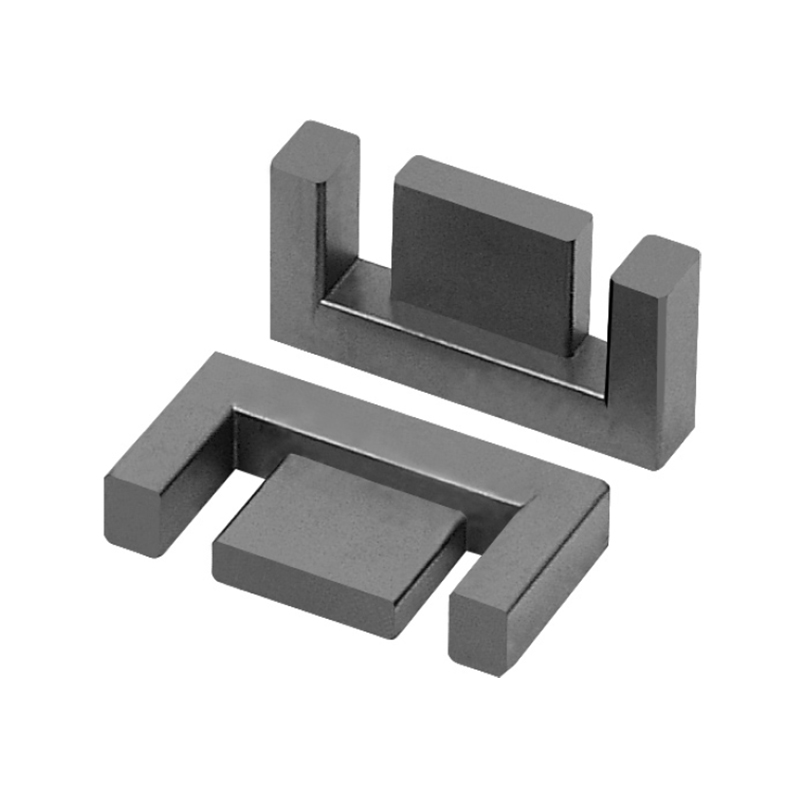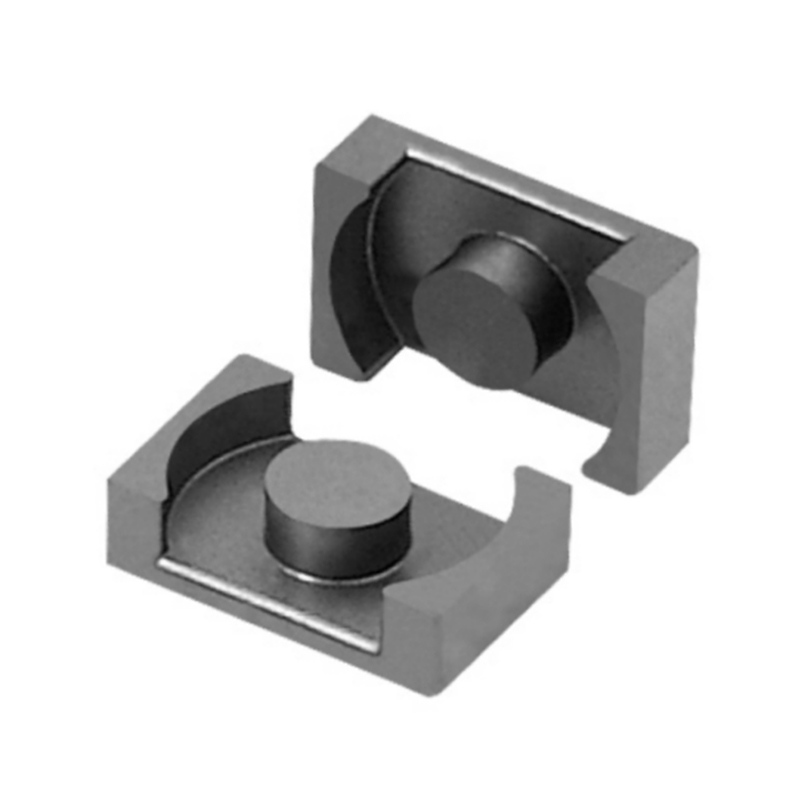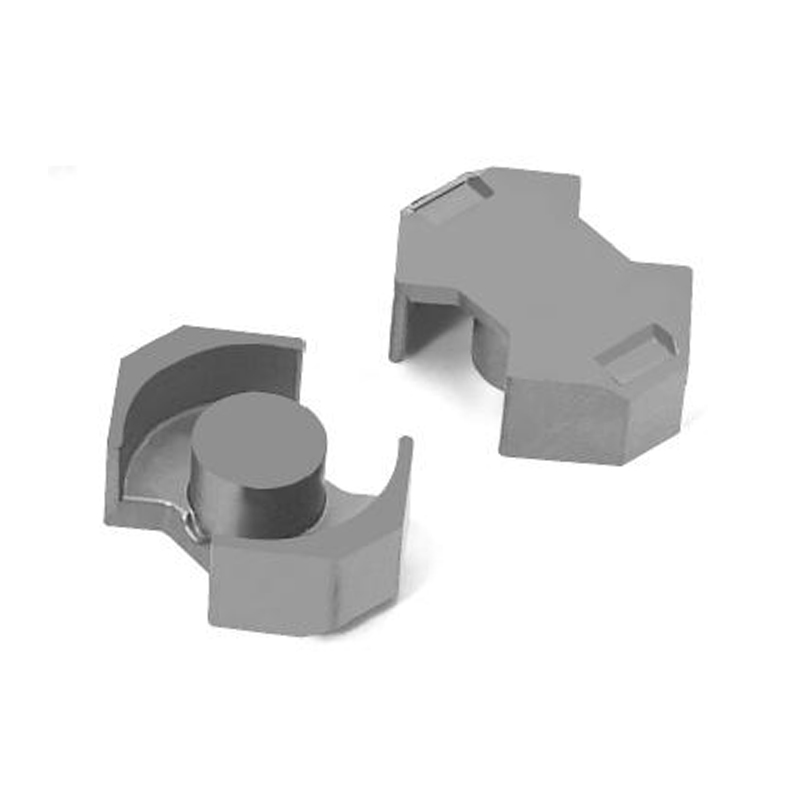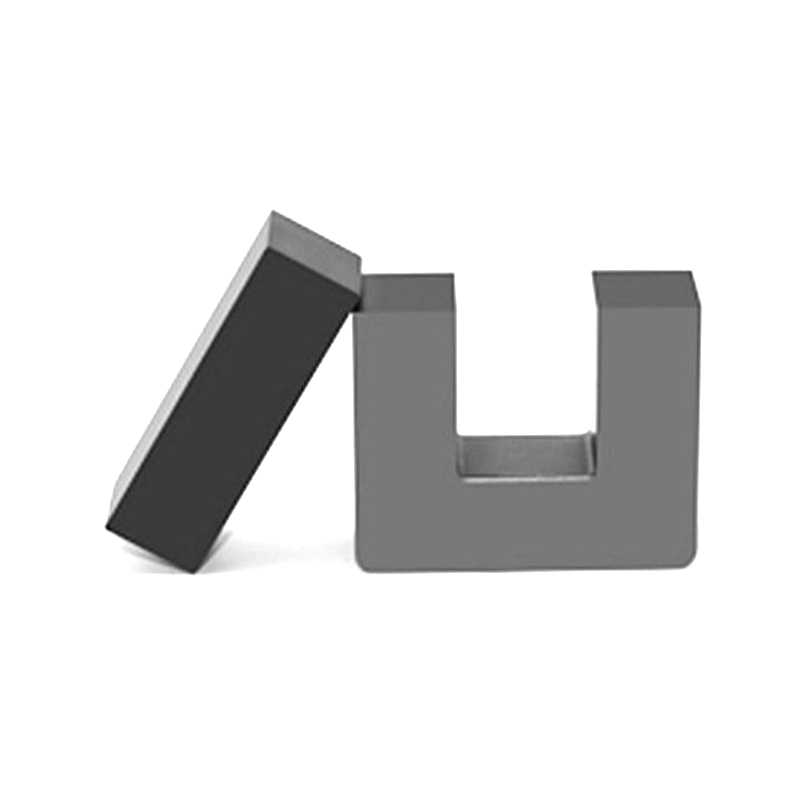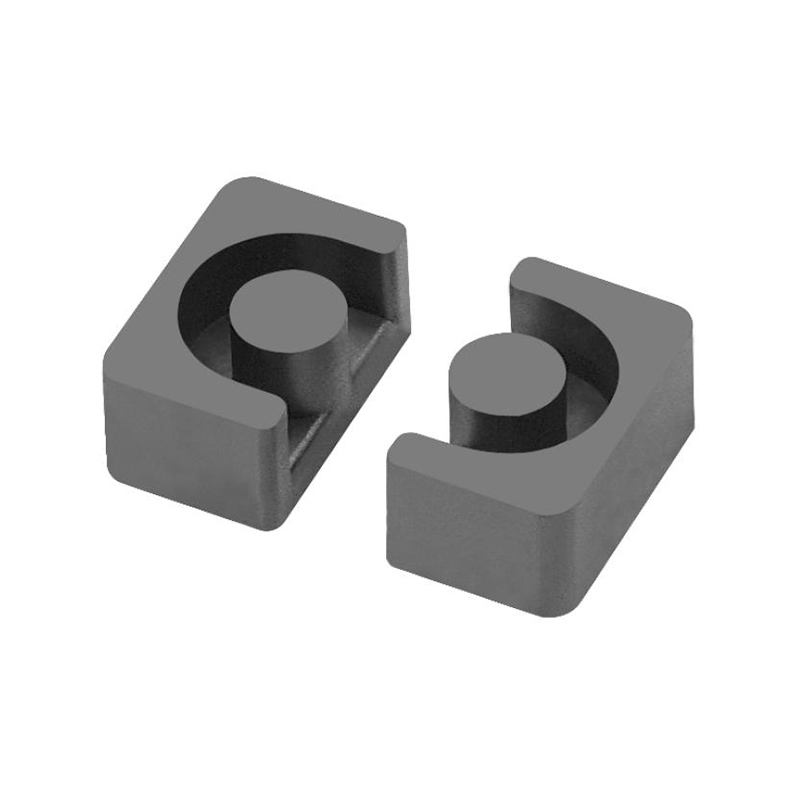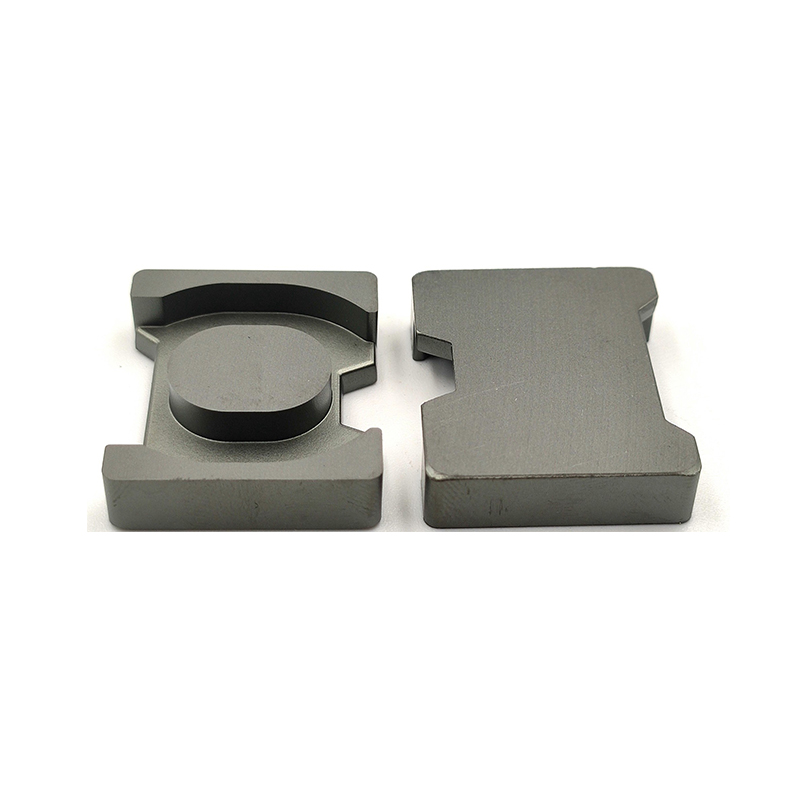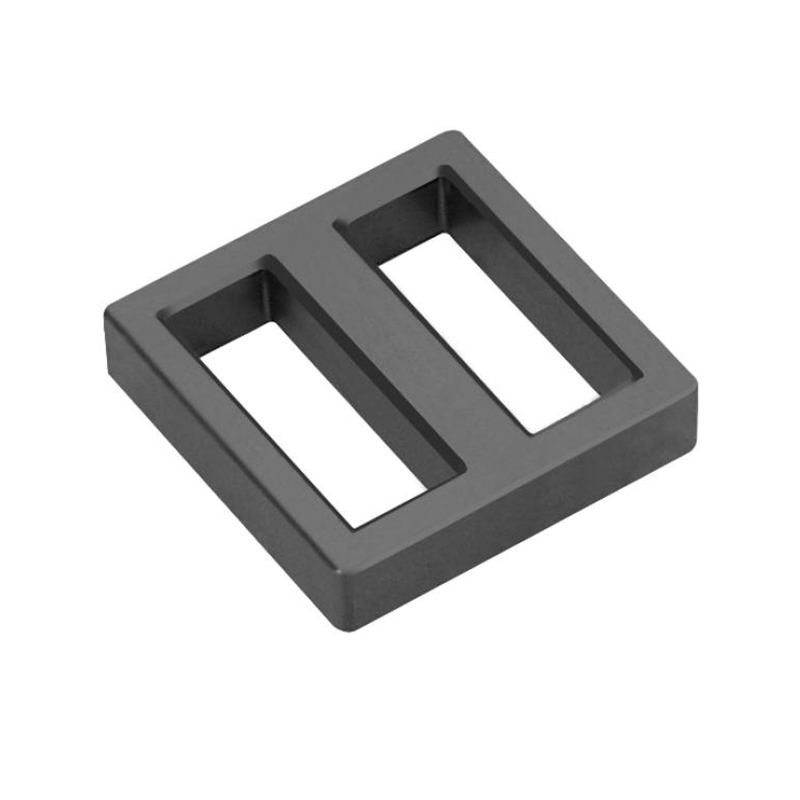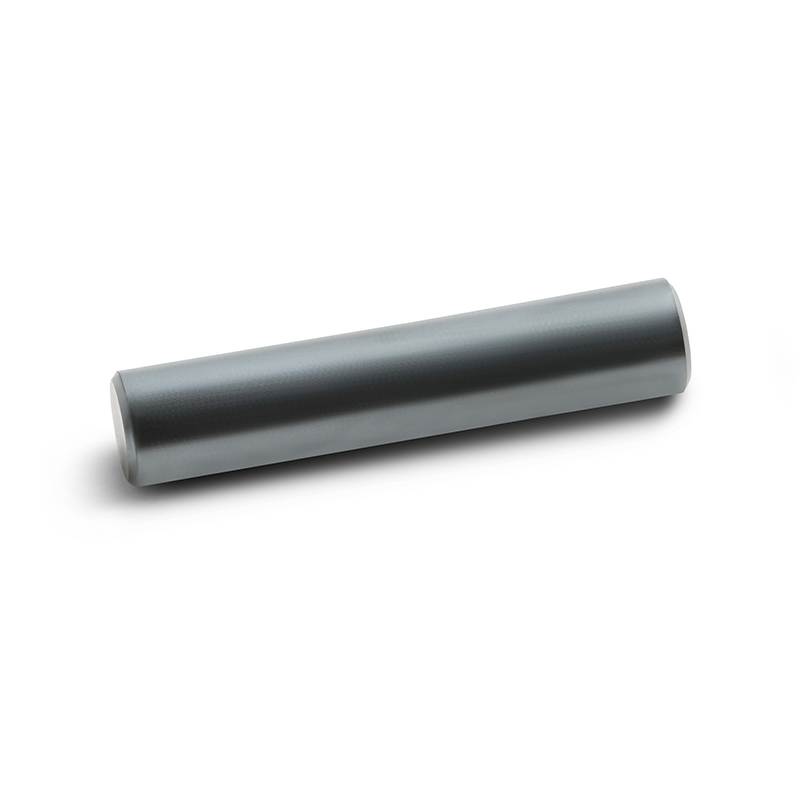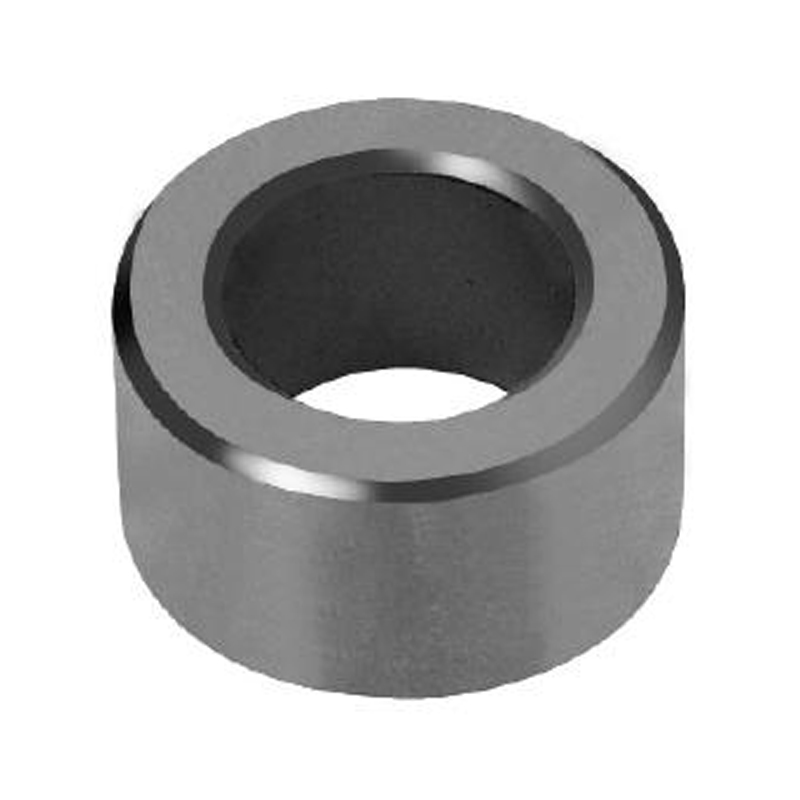Mn-Zn High Conductivity Ferrite: The Cornerstone of Modern Magnetic Innovation
In the ever-evolving landscape of electronic materials, Mn-Zn high conductivity ferrite has emerged as a linchpin for high-frequency, low-loss applications. Meticulously engineered to balance magnetic permeability, electrical resistivity, and thermal stability, this soft ferrite material is redefining what’s possible in power electronics, telecommunications, and inductive component design.
Precision at the Atomic Scale
At the heart of Mn-Zn ferrite lies a complex yet elegant crystal structure—spinel-type—comprising manganese (Mn), zinc (Zn), and iron (Fe) oxides. These elements are fused at high temperatures to form a ceramic compound that marries electrical insulation with magnetic conductivity. The inclusion of zinc reduces magnetocrystalline anisotropy, while manganese fortifies the structure's magnetic saturation and minimizes eddy current losses. This delicate balance crafts a material uniquely suited to operate efficiently in the 10 kHz to 1 MHz frequency range.
But it's not just about performance—it’s about precision. The controlled microstructure ensures fine-grained uniformity, which translates into consistent magnetic behavior across various temperature and frequency domains. This is crucial for applications requiring minimal deviation and high reliability.
The Power Behind the Silence
One of the unsung advantages of Mn-Zn high conductivity ferrite is its innate ability to suppress electromagnetic interference (EMI). In today's densely packed electronic ecosystems, where signals crowd narrow frequency bands and circuits share limited real estate, EMI can cripple functionality. Mn-Zn ferrites act as a silent guardian—absorbing high-frequency noise and allowing core functionalities to operate undisturbed.
Its high initial permeability and low core loss make it the material of choice for magnetic cores in transformers, chokes, inductors, and EMI suppression filters. Particularly in switch-mode power supplies (SMPS), where energy efficiency is paramount, Mn-Zn ferrite reduces energy dissipation and improves thermal handling, ensuring components remain cool under pressure.
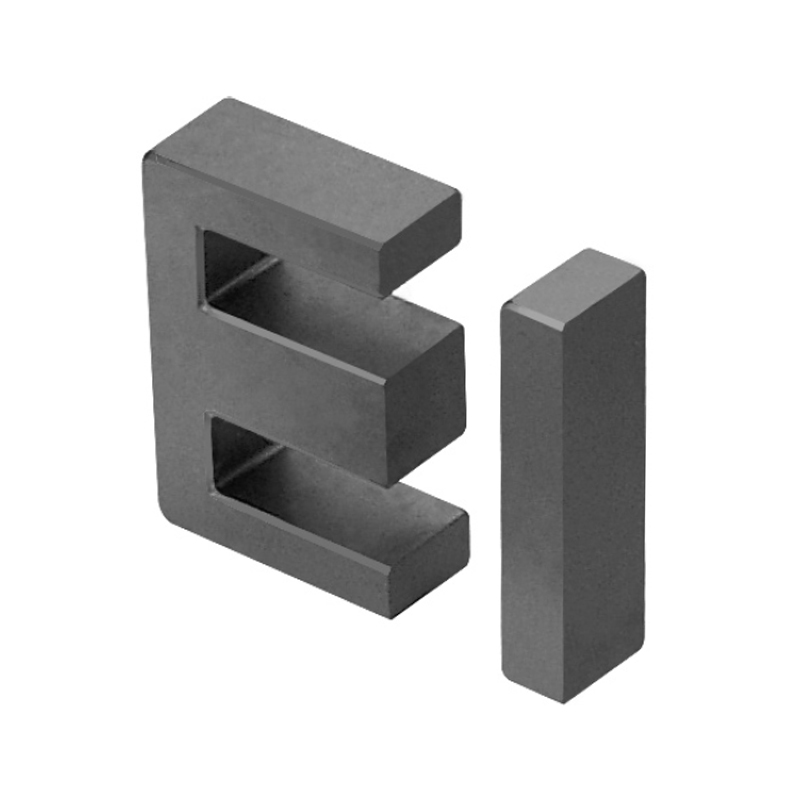
Elevated Conductivity, Elevated Possibility
What sets high conductivity Mn-Zn ferrites apart from conventional compositions is their optimized resistivity. While traditional ferrites suffer from elevated eddy current losses at higher frequencies, high conductivity variants maintain low resistive losses—allowing designers to push the frequency envelope without incurring performance penalties.
This makes the material indispensable in high-efficiency power conversion systems. From industrial automation equipment to next-generation EV charging stations, Mn-Zn high conductivity ferrites underpin technologies that demand both robustness and responsiveness.
Engineered for Modern Demands
Beyond technical prowess, Mn-Zn high conductivity ferrite offers manufacturability. Its ceramic nature allows it to be molded, sintered, and machined into complex shapes—toroids, E-cores, rods, and custom geometries—to suit specific design requirements. This adaptability streamlines production and reduces system footprint, an increasingly critical factor in compact and mobile device engineering.
Moreover, the material's thermomagnetic stability ensures consistent performance across wide temperature ranges—critical for applications exposed to environmental extremes. Whether it’s satellite communications, automotive electronics, or renewable energy converters, Mn-Zn ferrite holds its ground where others falter.
A Future Anchored in Ferrite
As industries march toward higher efficiency, greater miniaturization, and smarter systems, materials like Mn-Zn high conductivity ferrite will become not just relevant—but essential. Its combination of magnetic dexterity, electrical insulation, and thermal resilience represents a convergence of science and application.
In a world driven by electromagnetic complexity, Mn-Zn high conductivity ferrite doesn’t just conduct—it commands. From silent filters to power-packed transformers, it’s the invisible force shaping the electromagnetic fabric of our digital future.

 中文简体
中文简体